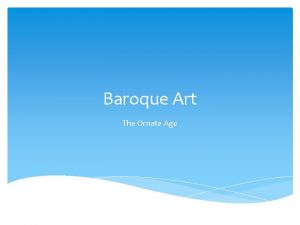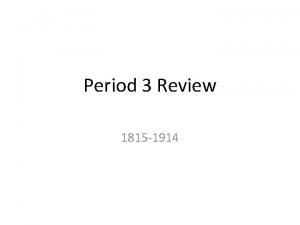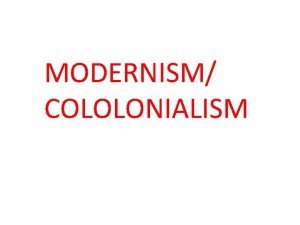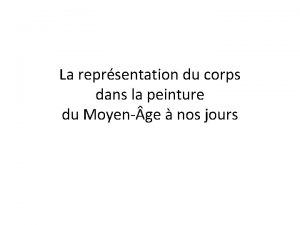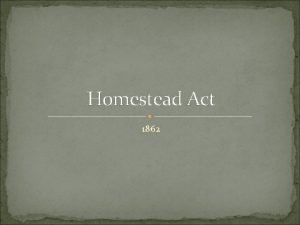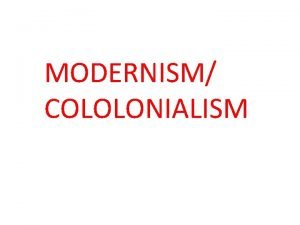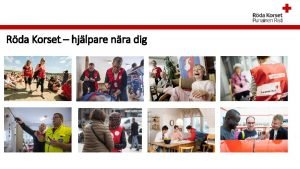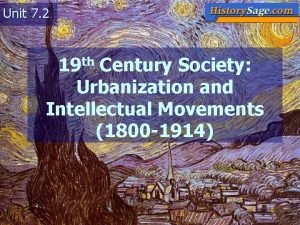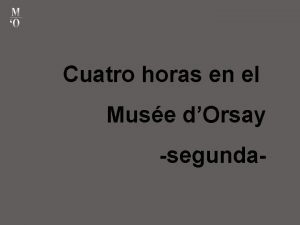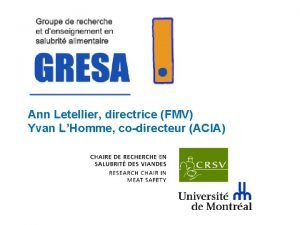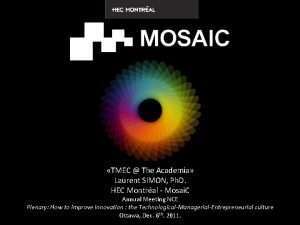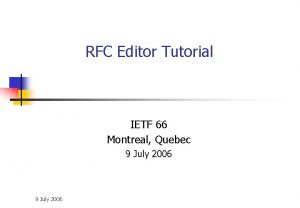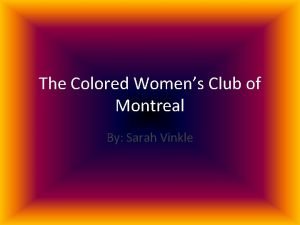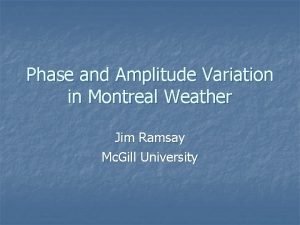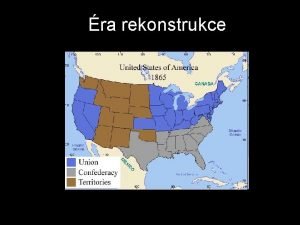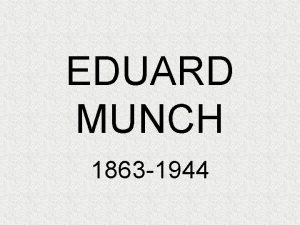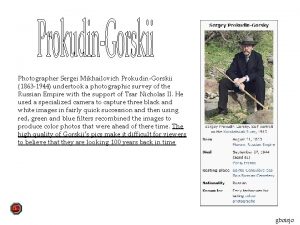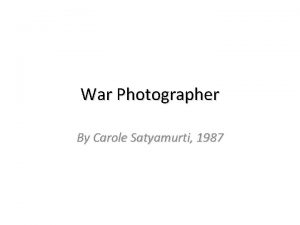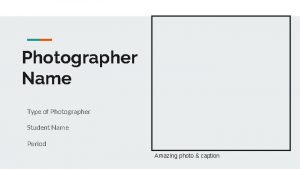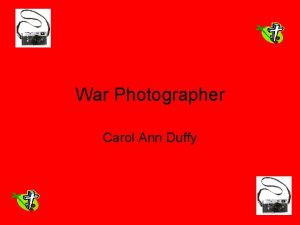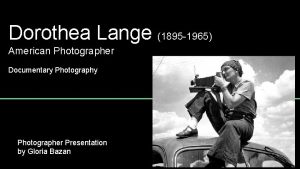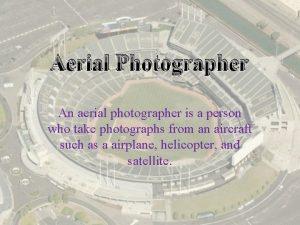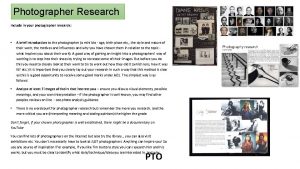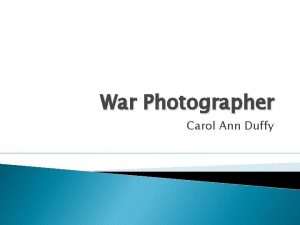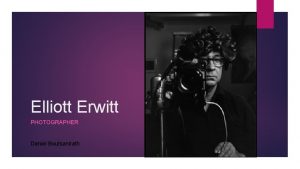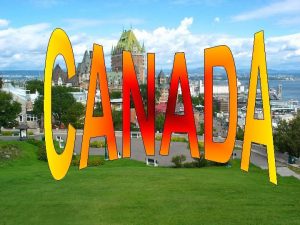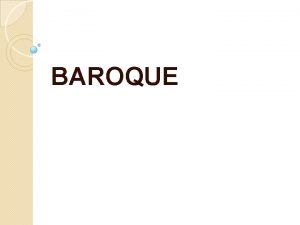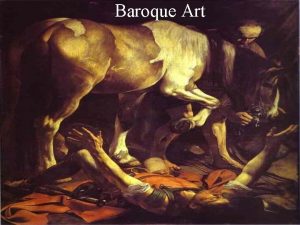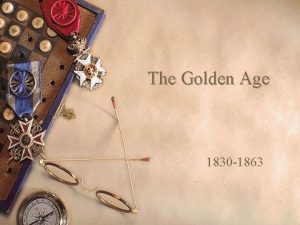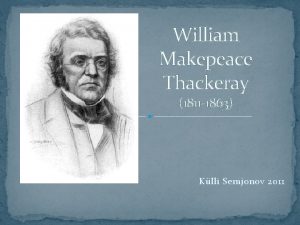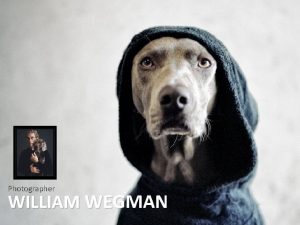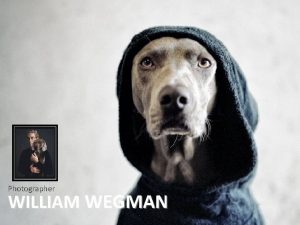William Notman Photographer Montreal 1863 With this ornate


























- Slides: 26


William Notman, Photographer, Montreal, 1863. With this ornate setting and his fine clothes, Notman presents himself as dignified businessman.

Notman Photographic Co. Ltd. , William Notman, Photographer, Boston, c. 1888.

William Notman, Young Ladies of Notman’s Printing Room, 1876. Notman had a large staff, all of whom contributed to the running of the studio and photographic production.

William Notman, Caribou Hunting, The Chance Shot, Montreal, 1866. Notman created elaborate settings and also provided costumes for his elite clientele.

William Notman & Son, Sitting Bull, Montreal, 1885. Notman photographed the famed Lakota Sioux holy man and Indian rights activist during his visit to Canada.

William Notman, Framework of Tube and Staging Looking In, Victoria Bridge, Montreal, 1859. Notman famously photographed the construction of this new bridge linking Canada and the US.

William Notman, William Notman and Family, Montreal, 1859.

Notman & Sandham, William Notman Studio, 17 Bleury Street, Montreal, c. 1875. A view of clients entering the studio.

Opening page from the pamphlet “Photography: Things You Ought to Know” by William Notman, after 1867.

William Notman, Around the Camp Fire, Caribou Hunting series, Montreal, 1866. A magnesium flare successfully lights this dark scene.

William Notman, Notman & Fraser Photographic Studio, Toronto, 1868. Notman advertised the offerings of the studio by lining the windows with framed photographs.

William Notman, Missie Alice Notman in Sleigh with Nurse, Montreal, 1865. The edges of this photograph, in the area beyond the photographer’s black crop marks, reveal chemical residue from the wet collodion process.

William Notman, Lovell’s Group of Children Skating in Costume, Montreal, 1867. In the nineteenth century, people used photographs as statements of wealth and status. Notman’s studio would often provide elaborate and expensive costumes for his clients, to facilitate their desired look.

Learning Activity #2 William Notman, Skating Carnival, Victoria Rink, Montreal, 1870. This image was created from hundreds of individual portraits.

Learning Activity #2 William Notman, Caribou Hunting, The Chance Shot, Montreal, 1866. Notman was adept at recreating realistic winter scenes inside his studio.

Learning Activity #2 William Notman, Group of stereographs from the maple box, Saguenay and Rivière-du-Loup, Quebec, 1859– 60. Stereoscopic photographs were one of the most popular photographic formats.

William Notman, Adolphe Vogt, John Fraser and Henry Sandham, Notman Staff, Montreal, 1868. Fraser led Notman’s art department, responsible for painting backdrops, retouching negatives, creating composites, and hand-colouring prints. The department was integral to the studio’s success.

William Notman, Mr. Collins’ Sleigh at Notman’s Studio, Bleury Street, Montreal, 1868– 69. Notman’s sign advertising himself as “Photographer to the Queen” was strategically placed above the studio door and often ended up in clients’ photographs, like this one. It was a successful way to freely market himself.

William Notman, Miss H. Frothingham, Montreal, 1871. The footrest would have helped keep the sitter comfortable during the long exposure process.

William Notman, Master Hugh Allan, Montreal, 1867. This photograph would have been hand painted after it was developed.

William Notman & Son, The Bounce, Montreal Snowshoe Club, 1886. An example of Notman’s composite technique.

Front of a Notman carte-de-visite, 1876.

Back of a Notman carte-de-visite, 1876.

William Notman, Chaudière Falls, Ottawa, 1870. Scenic views were a mainstay of nineteenth-century photography.

William Notman, Group of stereographs from the maple box, Saguenay and Rivière-du-Loup, Quebec, 1859– 60. Stereoscopic photographs were one of the most popular photographic formats.
 Ornate age
Ornate age Manet, olympia, 1863
Manet, olympia, 1863 During the free banking era between 1837 and 1863
During the free banking era between 1837 and 1863 Olympia gauguin
Olympia gauguin Constitucion de 1863
Constitucion de 1863 Manet, olympia, 1863
Manet, olympia, 1863 Soddies definition
Soddies definition Edouard manet olympia 1863
Edouard manet olympia 1863 Hjälper sedan 1863
Hjälper sedan 1863 Manet, olympia, 1863
Manet, olympia, 1863 Edouard manet olympia 1863
Edouard manet olympia 1863 July 1-4 1863
July 1-4 1863 Nov 19 1863
Nov 19 1863 Edouard manet olympia 1863
Edouard manet olympia 1863 Olympia, 1863
Olympia, 1863 Ann letellier université de montréal
Ann letellier université de montréal Laurent simon hec
Laurent simon hec Rfc
Rfc Karla homolk
Karla homolk Emploiqubec
Emploiqubec Coloured women's club of montreal
Coloured women's club of montreal Xtase montreal
Xtase montreal Hec montreal tarif
Hec montreal tarif Classificazione di montreal rcu
Classificazione di montreal rcu Kigali amendment to the montreal protocol
Kigali amendment to the montreal protocol Weather montreal
Weather montreal Cctv montreal
Cctv montreal
